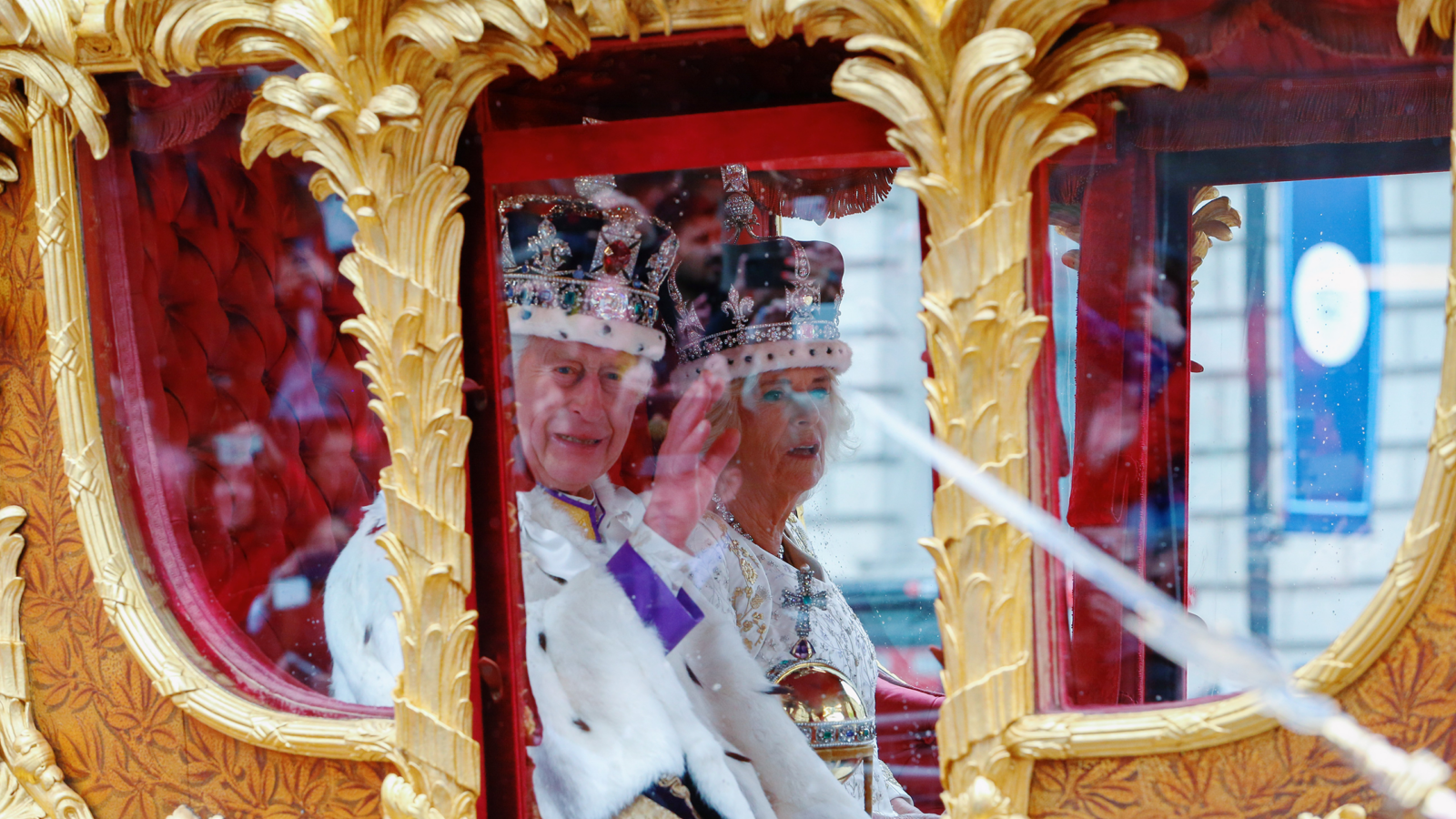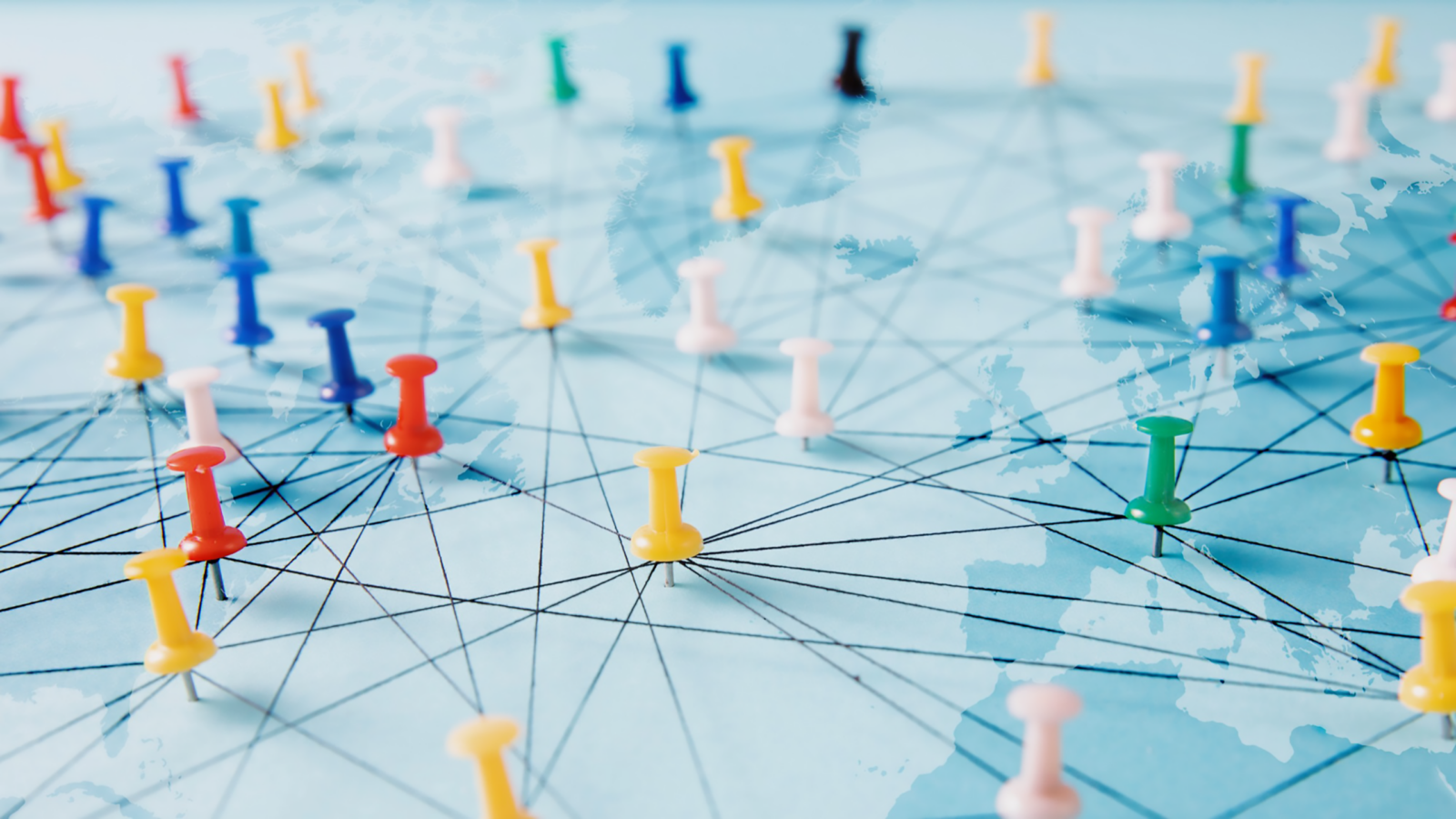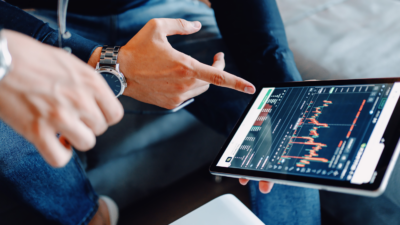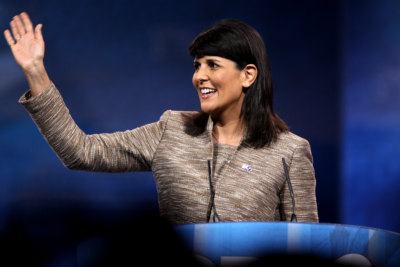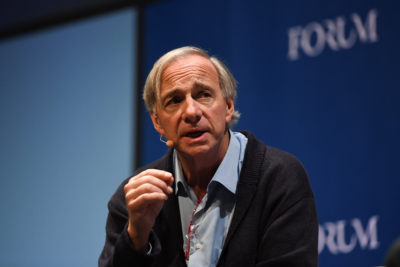How to Know If the Fed Got It Right
It’s not often the U.S. Federal Reserve faces a phalanx of wobbly banks as it weighs a decision to raise interest rates in order to cool inflation.
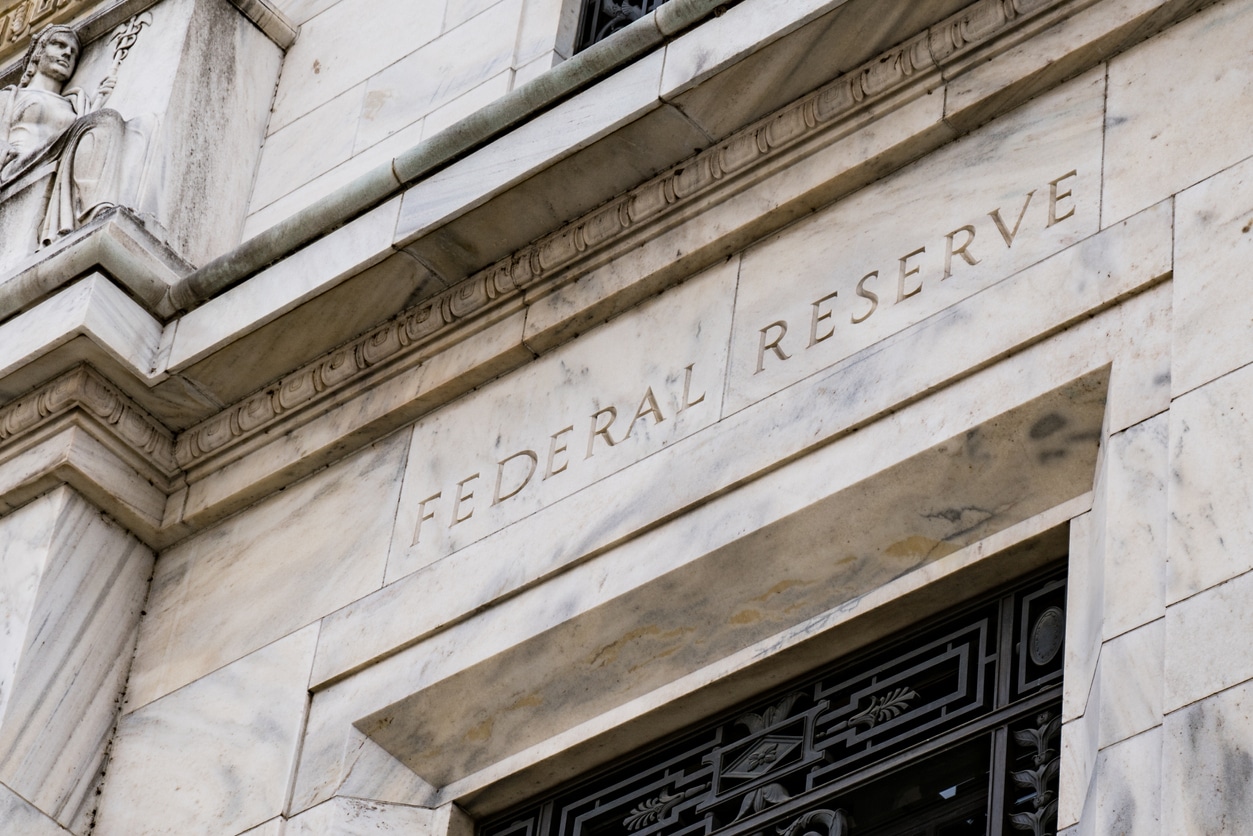
Sign up to unveil the relationship between Wall Street and Washington.
It’s not often the U.S. Federal Reserve faces a phalanx of wobbly banks as it weighs a decision to raise interest rates in order to cool inflation.
Two weeks ago, Fed chief Jerome Powell appeared before Congress to testify that the central bank would need to move aggressively on raising interest rates, as the U.S. economy appeared to be revving back up. “The latest economic data have come in stronger than expected, which suggests that the ultimate level of interest rates is likely to be higher than previously anticipated,” he told the Senate Banking Committee. Powell also made the case for faster and bigger rate hikes, “if the totality of the data were to indicate that faster tightening is warranted.”
Well the data are in: Just a few days after Powell gave his semi-annual monetary policy report to the nation’s lawmakers, Silicon Valley Bank, which ended last year with assets of more than $200 billion, failed, marking the second-largest bank collapse in U.S. history. The contagion spread rapidly to Signature Bank, First Republic Bank and Switzerland’s Credit Suisse – all of which threatened countless other institutions within the global banking system, spurred bank runs and raised the possibility of a full-blown, long-lasting financial crisis. The Biden administration, the Fed and the U.S. Department of the Treasury took extraordinary measures to stem the fallout by backstopping U.S. bank deposits, but the financial system remains shaky.
The need for rate hike speed that Powell proposed to Congress is now in question. Are speedy rate hikes more important right now than ensuring the overall stability of the U.S. financial system? After all, one of the key planks of the Fed’s mandate is to maintain smooth financial regulation. Last month, even Powell acknowledged the “disinflationary process” was not going smoothly.
While many market prognosticators expect the Fed to continue its series of rate hikes in the near term – although some bold few have predicted cuts – there is less visibility on whether it will try to hit pause for now to allow the financial system to restabilize. Some have argued if it does, that may only increase the widespread alarm that’s already panicked both Wall Street and Main Street, as it could pull back the curtain on a spooked bunch of central bankers.
After all the big talk by Powell of greater and faster rate hikes, will the Fed be able to change its mind now that the facts have changed? “What they should do is the right thing,” says Campbell Harvey, a professor of finance at Duke University. “It’s ok to change your mind in the wake of new information and the new data are very serious – that might mean changing your mind.”
But the right thing may not be self-evident to the Fed. If continued high inflation, failing banks and an unsteady financial system is the wrong thing, then its moonshot opposite would be lower inflation, no toppled banks, no recession. But is that even possible? Tackling this thorny combination of problems is proving to be challenging, especially as the very steps the Fed must take to bring down inflation are creating fresh and menacing cracks in the financial system. Tougher still, it is only long after the Fed’s decisions have been made that it learns if it chose correctly, as central bank moves can take anywhere from months to years to show their full effects.
As the Fed weighs its next decision, it will be very interesting to see who ended up in Powell’s appointment book this week. During the global financial crisis of 2007-2008, a Freedom of Information Act filing revealed former Fed chief Ben Bernanke received a bevy of phone calls from an ex-Treasury secretary (Robert Rubin) and a flurry of hedge funds (among them, Bridgewater Associates) just before the central bank decided to slash rates. No doubt, Powell is fielding many similar calls to the chairman’s office this week.
How much the Fed is willing to sacrifice to break the back of the nation’s worst inflation streak in four decades may finally be made plain. Based on Powell’s recent remarks, we know the Fed is willing to risk or even create a recession to reduce U.S. inflation, but is it willing to risk the stability of the entire financial system?
Perhaps more to the point, is it willing to risk shouldering a portion of the blame?
“Why rush? You need more analysis,” Harvey says. “It’s hard to see the reason to do this in this manner. It’s dumbfounding. Things have changed since the last Fed meeting. You can make a direct connection between the Fed’s policy moves and the contagion.”
This article is from Power Corridor, which delivers propulsive insights on Wall Street and politics into your inbox every Wednesday and Friday. Subscribe here.
The views expressed in this op-ed are solely those of the author and do not necessarily reflect the opinions or policies of The Daily Upside, its editors, or any affiliated entities. Any information provided herein is for informational purposes only and should not be construed as professional advice. Readers are encouraged to seek independent advice or conduct their own research to form their own opinions.
